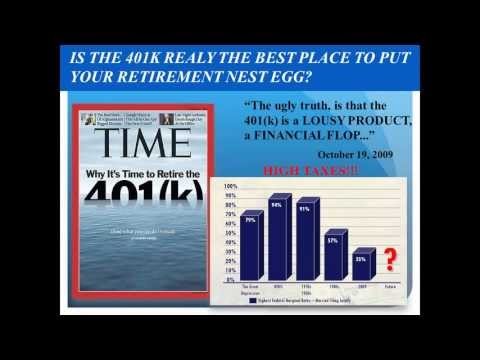Taxation of Retirement Plan Benefits
Post on: 16 Март, 2015 No Comment

Presented by: Jim Kirby
The purpose of this text is to explore the tax treatment of distributions from qualified retirement plans, whether they were established by the individual or by an employer.
TAX DEDUCTIBLE SAVINGS AND TAX DEFERRED INCOME
Qualified retirement savings plans are savings plans that are encouraged by the tax laws, but which are subject to certain rules in order to be qualified for the tax benefits. Qualified plans give two important tax benefits not available in other types of investments.
· The money put into the savings plan is pre-tax income
No income tax is paid on the money deposited in a qualified retirement plan until the money is withdrawn. In essence, both the employee’s money and that which would have been paid in taxes to the government are contributed.
· Earnings of qualified plans are not immediately taxable
Qualified plans are tax-exempt entities, and the earnings are not subject to taxation. They become taxable, however, when the money in the savings plan is withdrawn. The combined effect of these two tax breaks for qualified plans make them extremely attractive as an alternative to saving after-tax dollars on which any income will be currently taxable. $1,000 invested at 10% before taxes will accumulate to $6,727 in 20 years. If that amount were then distributed and subject to a 35% tax rate, the after-tax amount would be $4,373.

If the same $1,000 of income is first subject to a 35% tax rate, only $650 will be saved. In addition, the after-tax income on the savings would be 6.5% each year instead of 10%. In 20 years, the total contained in the taxable savings account would only be about $2,290 — a major difference!
The result is that the after-tax distribution from a pension plan over 20 years would be nearly twice the after-tax funds generated by a taxable savings program.
Some taxpayers are concerned that tax rates will be higher in future years, but the benefits of the tax deferred savings plan will overcome higher tax rates over time. The last column in the following chart shows the break-even rate of tax that could be paid on the pension distribution, so the after-tax amount would be exactly equal to the taxable account.
This column illustrates that a person could afford to pay as much as 75% of the accumulated pension assets for taxes after 30 years and still have as much as with a taxable savings plan.














